Halloween season is almost upon us. During the month of retelling spooky stories about spirits and dark histories (as well as warding off evil energy and paying respects to ancestors on Double Ninth Festival), and here are 10 buildings and houses in Hong Kong that have creepy tales and ghost sightings associated with them.
Many of these places are accessible to the public, but brave adventurers beware! To be safe, avoid taking a solo trip to the places on this haunted house list and leave before darkness falls to avoid accumulating negative juju.
Bela Vista Villa — Cheung Chau
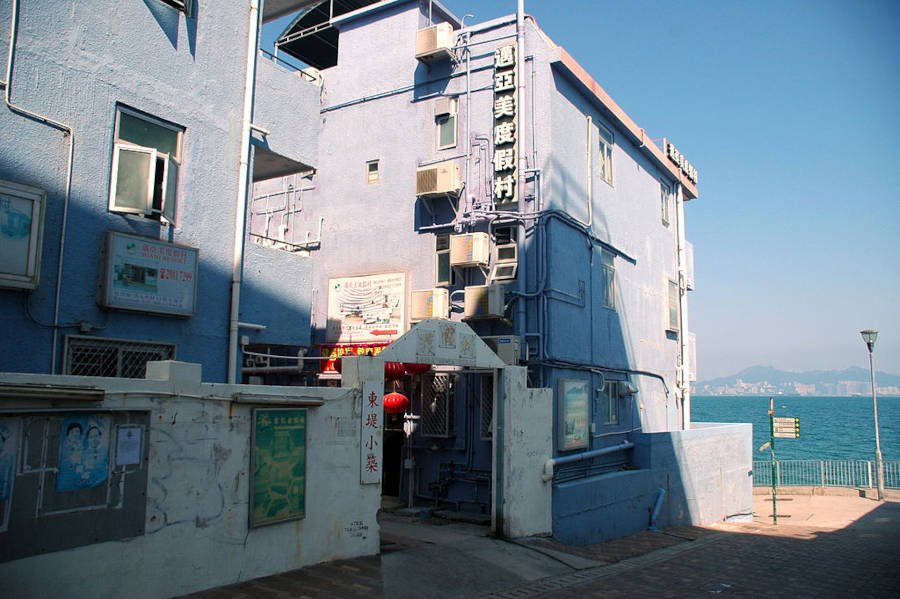
Bela Vista Villa (東堤小築, dung tai siu juk) is a complex of vacation condos on Cheung Chau island. Nicknamed the ‘Resort of Charcoal Suicide’, a rumour goes that a woman dressed in traditional red Chinese clothing killed her son and then committed suicide in one of the villas in 1989. It’s said that wearing this clothing when one dies makes one into a vengeful ghost.
Since 1989, the beachfront villas have been the site of tens more suicides. Another local legend says that a girl committed suicide in one of the villas by burning charcoal and then overdosing on pills, after her suicide threats were ignored by her boyfriend. The area is said to be shrouded in yin energy, and residents report seeing a ghostly female figure in the buildings and on Tung Wan beach.
Location: Cheung Chau Beach Rd N, Cheung Chau
High Street Ghost House — Sai Wan
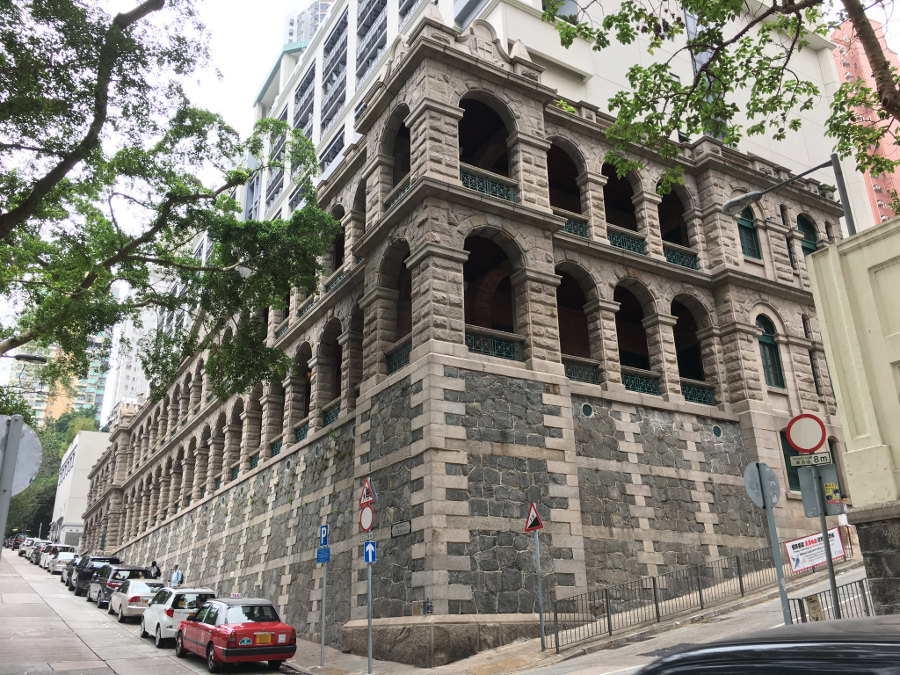
Located on No. 2 High Street is Sai Ying Pun Community Complex. Now referred to by whisperers of ghost stories as High Street Ghost House, the building was previously the site of the Old Mental Hospital (舊精神病院, gau jing san beng yun), the granite facade and verandah of which have been preserved. Beginning operations in 1947, it was the first and largest psychiatric facility of its kind. The hospital was overcrowded and undermanned as Hong Kong’s population had quickly grown to 1.5 million. With little understanding about and stigma still surrounding mental illness, common psychiatric treatments included the use of drugs causing depressive symptoms or even deaths, electroconvulsive therapy, and in ‘severe’ cases, lobotomies.
During WWII, Japanese soldiers commandeered the hospital and it was rumoured to be used as a mass execution hall. Bodies were supposedly buried in King George’s Park across the street. The hospital permanently closed down when Castle Peak Hospital opened in 1961. Tales of ghost sightings and associations with war deaths and mental illness are cast over the building.
Location: 2 High St, Sai Wan
Dragon Lodge — The Peak
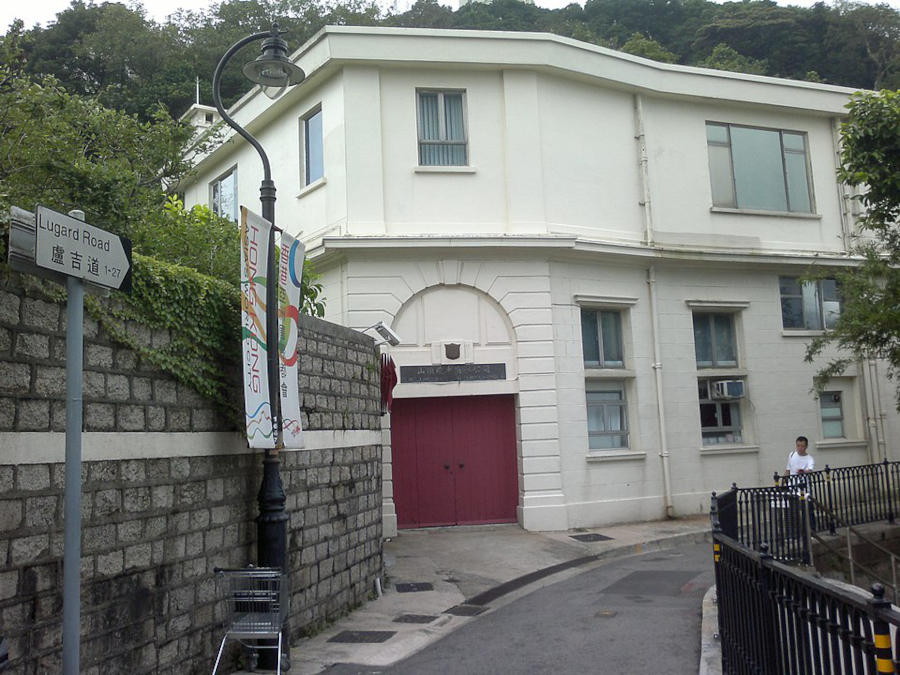
What could be a highly desired property on the Peak is considered Hong Kong’s ‘most haunted house‘. The original owner of the Dragon Lodge mansion (龍廬, lung lou), estimated to have been built in the 1920s, went bankrupt, turning it over to a new owner who died inside the house; the third occupants were the Japanese army, some of whom reportedly decapitated Catholic nuns in the front yard.
At one point, the property was to be redeveloped by Hudson Group. However, the project was abandoned because the workers were convinced the site was haunted. Pictures taken by anonymous urban exploration group URBEX show gruesome scratches all over the wallpaper, mouldy mattresses, and an exterior overtaken by vines and overgrown grass.
Location: 32 Lugard Rd, The Peak
31 Granville Road — Tsim Sha Tsui
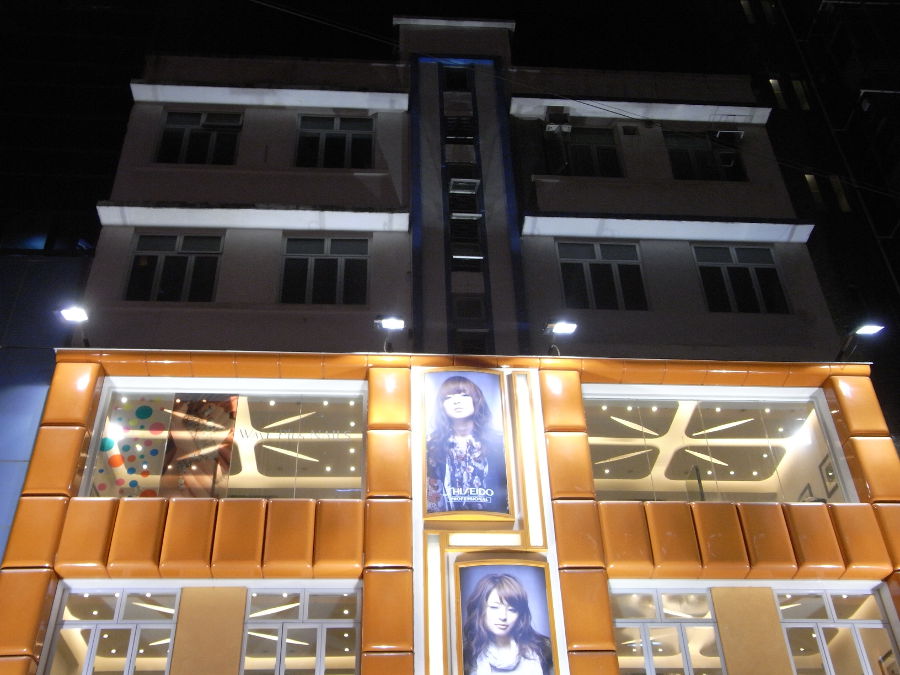
31 Granville Road is the site of the horrific 1993 ‘Hello Kitty’ murder. Twenty-three-year old club hostess Fan Man-Yee (敏儀) was taken captive by four people over a matter of a stolen wallet. She was tortured in the Tsim Sha Tsui flat on Granville Road for a month before being killed or succumbing to her injuries.
Her captors then dismembered her, most gruesomely leaving her head inside a Hello Kitty doll in the apartment. Fan’s heinous murder was reported to the police by one of the perpetrators, a 14-year-old female who was in a relationship with another captor.
The residential building was demolished and a hotel built over the site in 2016.
Location: 31 Granville Rd, Tsim Sha Tsui
Bridges Street YMCA — Sheung Wan
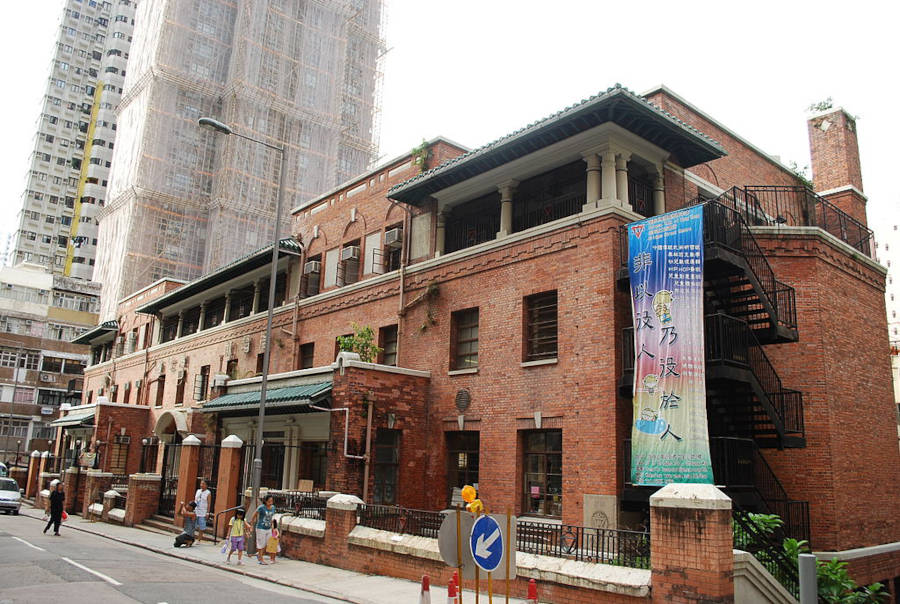
The YMCA on Bridges Street is known to most as housing the city’s first indoor pool, but it has a darker origin story going back to the mid-20th century.
Japanese forces occupying the territory at the time used buildings on Bridges Street as barracks. When the Japanese army surrendered at the end of the Second World War, it’s said that a number of soldiers committed suicide in the barracks to avoid being tried for war crimes. Passersby have reported hearing sounds of military marching and crying coming from the YMCA building.
Location: 51 Bridges St, Sheung Wan
Tat Tak School — Yuen Long
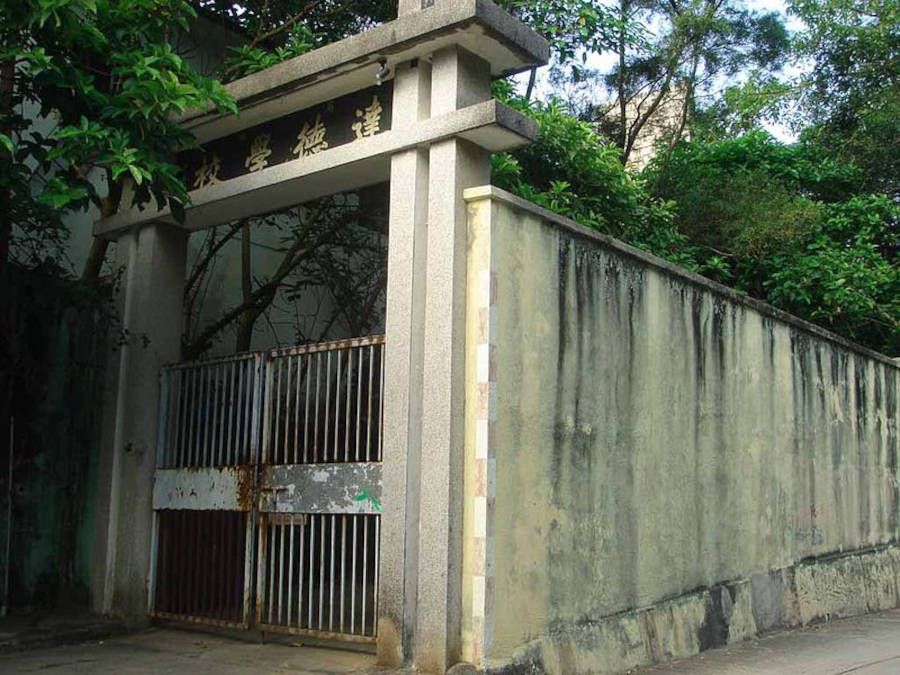
Tat Tak School (達德學校, daak dak hok haau) was opened to provide schooling to Ping Shan villagers in Yuen Long district from 1974 to 1998. When the villagers resisted British eviction efforts, they were overcome and later buried on the site. Villagers fighting back against Japanese occupational forces were also killed and buried around the school. Further, shortly before the school closed, a headmistress wearing a red dress also supposedly committed suicide by hanging in one of the bathrooms.
Rumours of an ominous energy and sightings of the headmistress’ ghost were already rampant when a group of students explored the school in 2001, one of them turning hysterical and biting her fellow classmate inside the building. Since then, Tat Tak has sat in ramshackle ruin of abandoned furniture and debris.
Ping Shan, Yuen Long District
Cheung Sha Wan Abattoir — Cheung Sha Wan
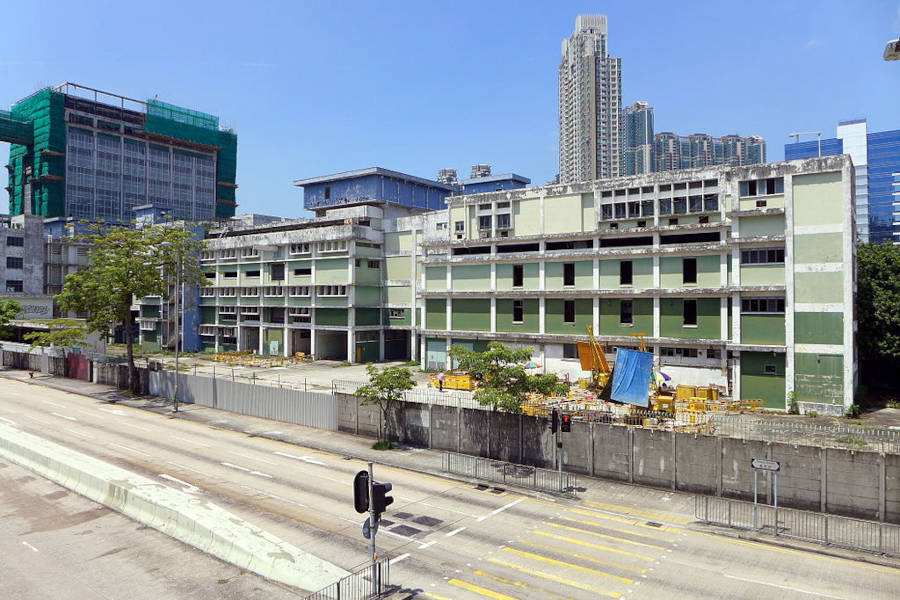
The Cheung Sha Wan Abattoir was one of three main slaughterhouses in Hong Kong that slaughtered tens of thousands of pigs, cows, and sheep. After the abattoir’s closure in 1999, the building was commissioned to be an arts compound. However, the plan was abandoned when artists pushed back, saying it had a haunted atmosphere. Today the building sits derelict, protected by barbed wire and guards.
The abattoir is also well-known for the story of the ‘Spirit Buffalo’. In 1983, a buffalo about to be slaughtered cried out intensely and seemed to be begging for its life. The shocked workers released the animal to live out its life peacefully near a Tsz Wan Shan temple. After the buffalo’s death, a temple worker was visited in a dream by its spirit, proclaiming it was an animal deity. A statue was erected in front of the temple to honour the Spirit Buffalo.
Location: 757 Lai Chi Kok Rd, Cheung Sha Wan
Victoria Road Detention Centre — Pok Fu Lam
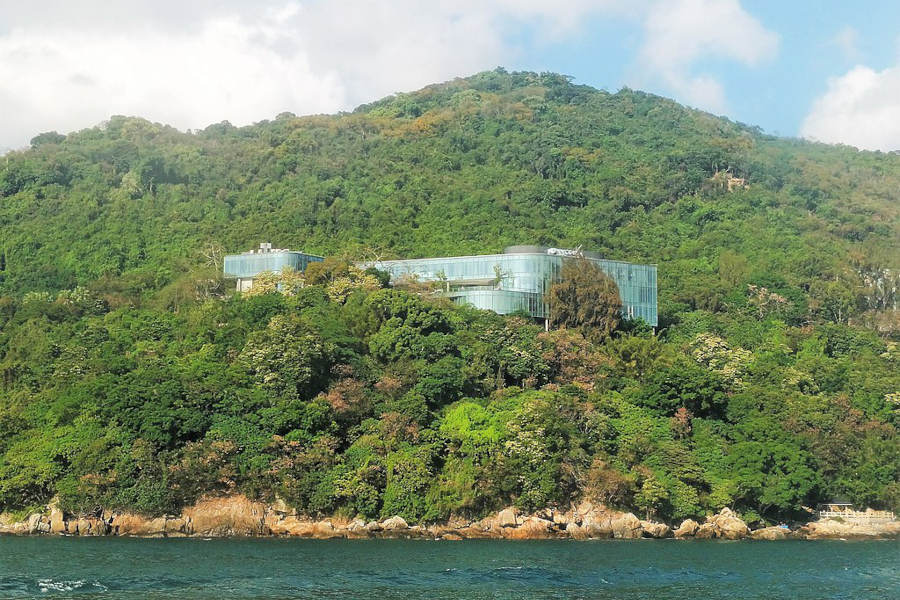
Also known as the Mount Davis Concentration Camp, a Special Branch of the Royal Hong Kong Police Force held political prisoners and suspected spies here during the 1967 Leftist riots. Nicknamed the ‘White House’, Victoria Road Detention Centre is also said to have been used to hold Taiwanese spies caught smuggling explosives to mainland China.
Dissidents imprisoned in the building have since revealed the poor conditions, describing ‘tin can’ single person cells lit 24/7 by blinding overhead lights that confused prisoners’ sense of time. Inmates were interrogated and tortured and could be held for unlimited amounts of time, with little accountability on the special police branch. The White House sat without signpost and unmarked on maps, a living monument of painful memory, until it started housing the University of Chicago’s Booth School of Business in 2018.
Location: Junction of Victoria Rd and Mount Davis Rd, Pok Fu Lam
Nam Koo Terrace — Wan Chai
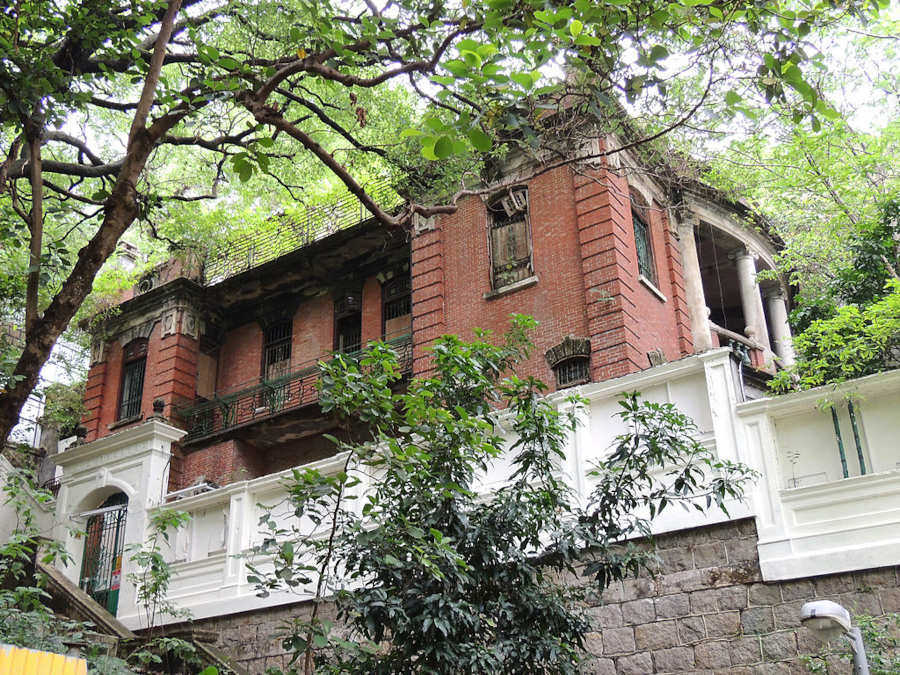
Called ‘Wan Chai Haunted House’, Nam Koo Terrace (南固臺, naam gu toi) was built by a wealthy Shanghai family circa 1915. It was then seized during the Japanese occupation and used as a military brothel, with women forced to provide ‘comfort’ to Japanese soldiers. Rumours of haunting began when an owner, To Chak-man, died of unknown causes inside the mansion during WWII.
Hopewell Holdings announced plans to demolish the Grade I historic building to make way for a hotel in 1993. Yet, no developments have occurred. Urban explorers and passersby tell tales of hearing people screaming from inside the house or seeing strange shadows in its dark windows.
Location: 55 Ship St, Wan Chai
Murray House — Stanley
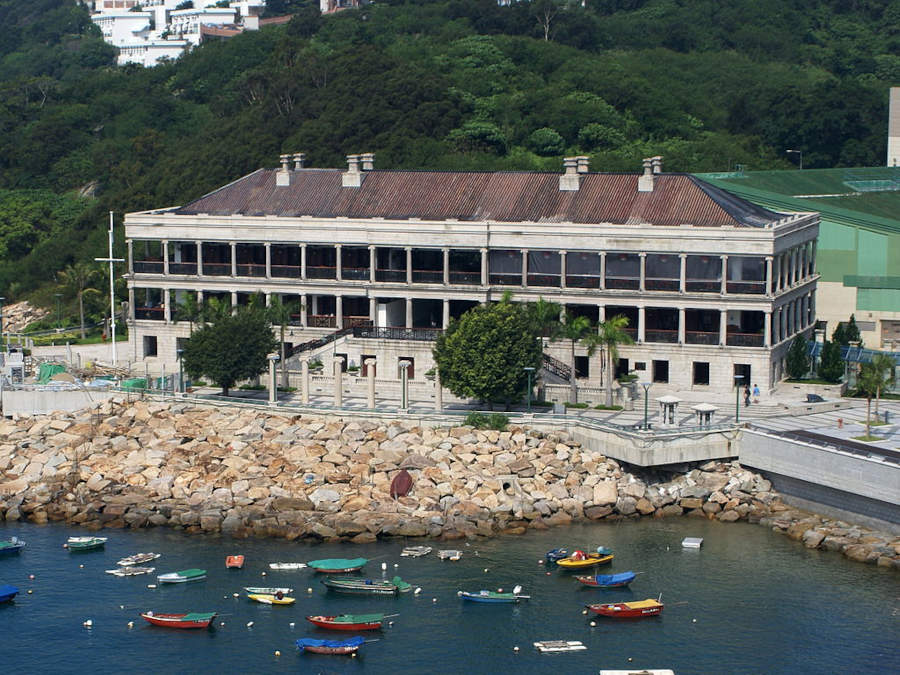
Today, Murray House (美利樓, mei lei lau) overlooks Stanley Bay and houses day-tripping attractions. However, it first served as a British officers’ mess as part of the military complex erected in Central in 1844 after Hong Kong was ceded by China. During the 1941 Battle of Hong Kong, the Japanese army seized it for use as a military police headquarters. It housed torture chambers and jail cells, and up to 4,000 people are said to have been executed inside its walls.
After Japanese occupation, the building housed government workers. In 1963 and 1974, exorcisms were conducted to ease workers’ fears about strange supernatural activity. Few ghost sightings was reported after the exorcisms. When the land under Murray House was sold for a Bank of China branch in the 1980s, the structure was dismantled and later rebuilt where it stands today.
Location: 96 Stanley Main St, Stanley
So Lo Pun — New Territories
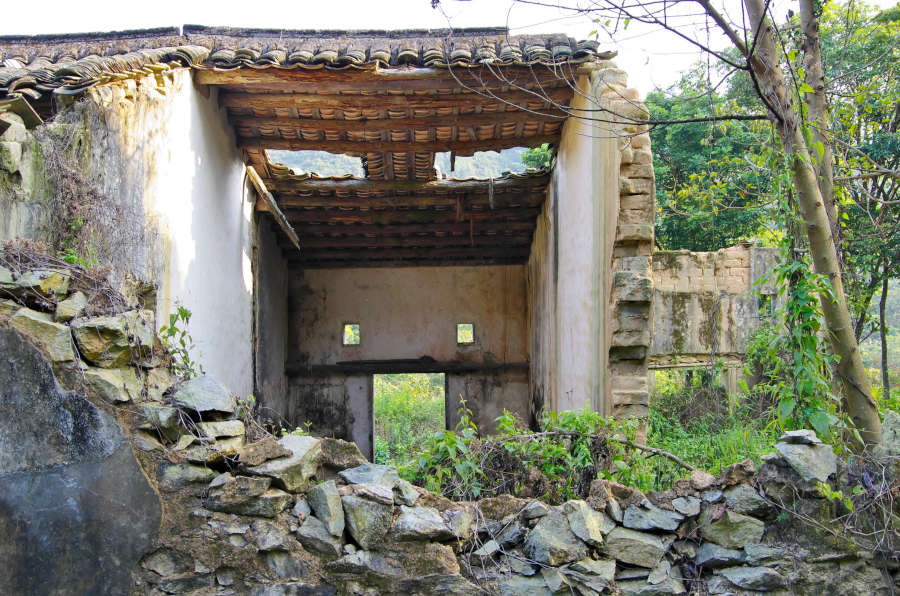
So Lo Pun is an abandoned Hakka village buried in the Northeastern corner of Hong Kong. The hazy story of why the villagers vanished, leaving their homes to crumble, and the tendency of compasses to stop working correctly in the area (which gives the village its name: 鎖羅盆 meaning ‘Locked Compass’), have fueled rumours that something menacing happened to the villagers. There are various tales, including an illness wiping out the majority of the Hakka residents. Another story goes that a large group of villagers were on their way to a wedding on boats when an accident resulted in the revellers dying; those who survived left So Lo Pun behind in sorrow. Whatever the true story is, visitors to the ramshackle remains have reported feeling strange energies in the area.
Location: So Lo Pun, Plover Cove Country Park, New Territories
Header image credits: Bob Mocarsky via WikiCommons

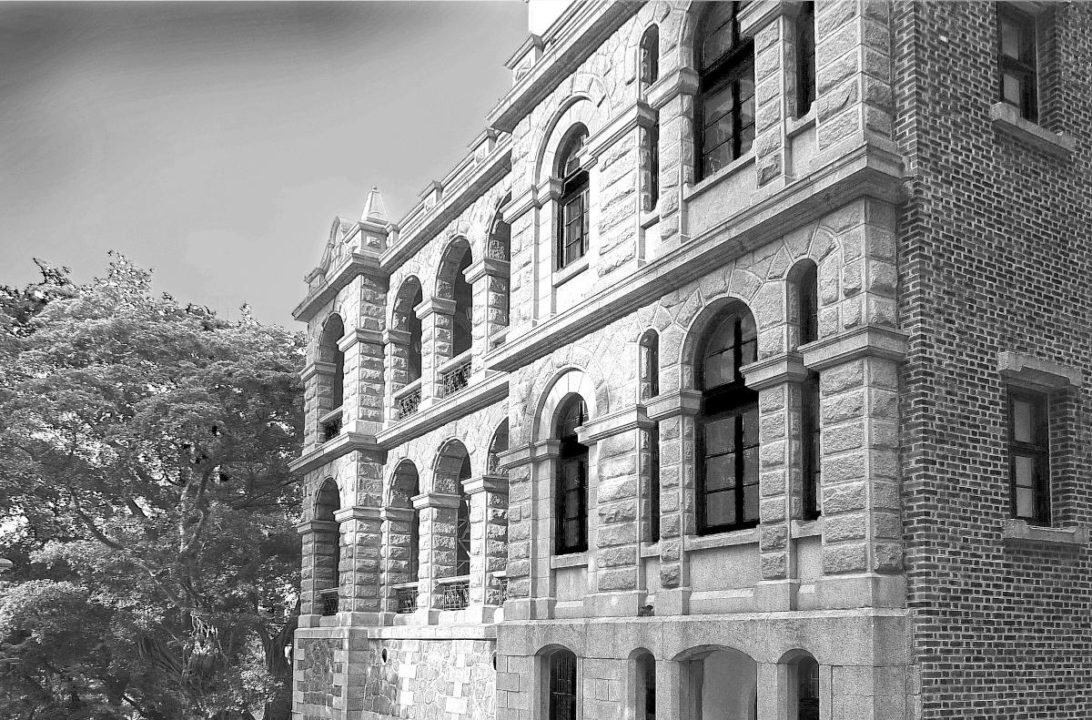


Add comment